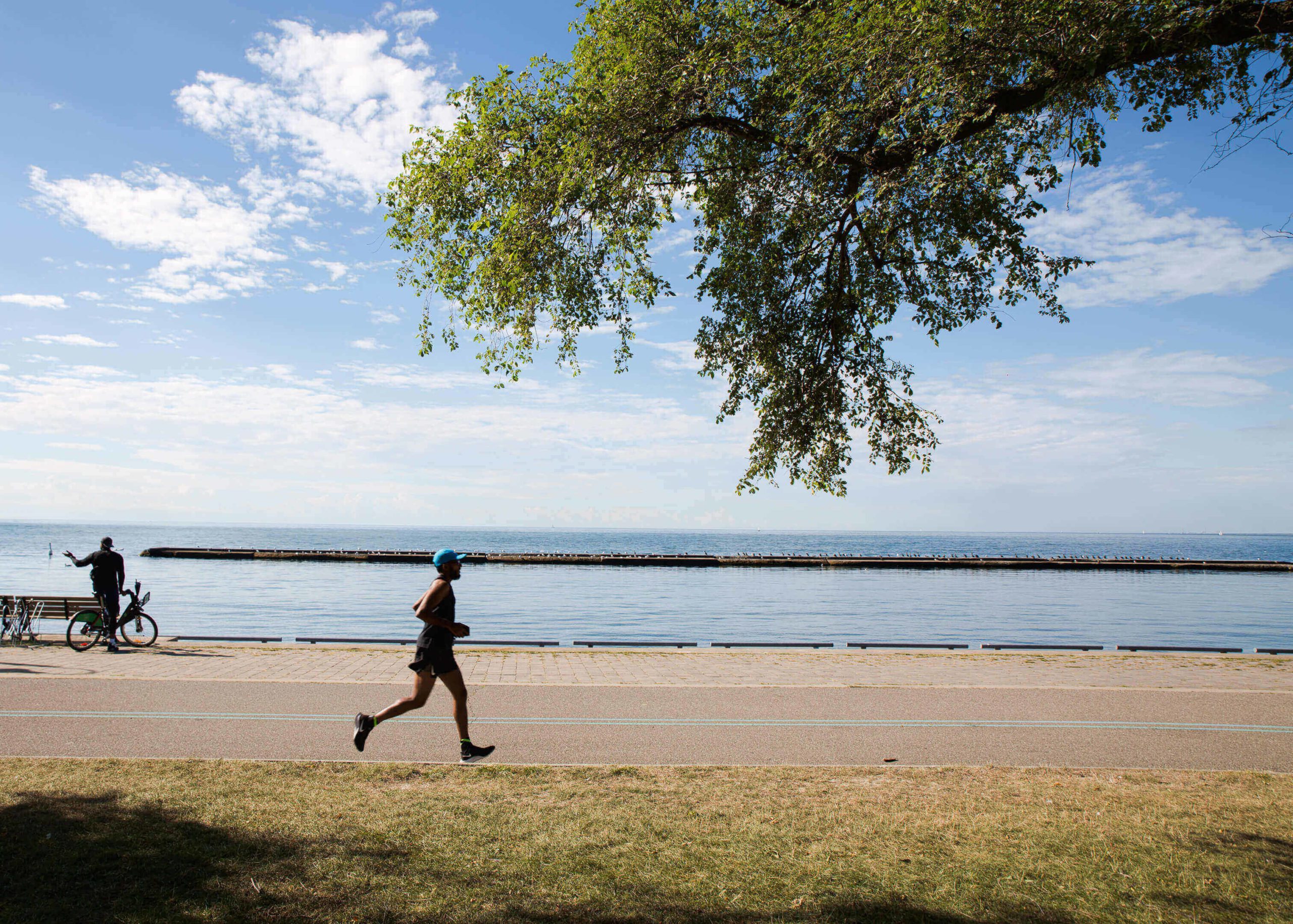5 variations on the long run
Not every long run has to be the same

The long run is a staple in every training plan and should not be skipped, especially if you’re training for a longer race like a half or full marathon. Changing up your long run once in a while is a great way to spice up your training and improve your performance, so if you’ve got some big runs in your future, consider these variations to get the most out of your long run.

The LSD
The long slow distance run is the classic version of the long run, and should be the most common variation in your training. Long, easy runs build your aerobic capacity, can promote efficient running form, help build up the strength of your ligaments, tendons, bones and joints, and improve your confidence to cover larger distances.
There are many runners and coaches who believe that the LSD run is the only way to do a long run. Many runners make the mistake of going too hard during their long runs, thinking that faster always equals better, but if you’re a relative beginner or you’re only going to do one run on this list, the LSD is the way to go.
The fast-finish long run

The end of a long race is often when runners start to slow down as fatigue accumulates on their legs. For this reason, it is beneficial to throw a fast-finish long run into your training to help you build strength, practice running at race pace and work at running faster on tired legs.
When doing a fast-finish long run, the first 80 per cent of you run should be done at your usual LSD pace, and the last 20 per cent should be done at your goal race pace, or slightly faster. For example, if your long run is 20 kilometres, the first 16K should be done slow and easy, and you pick up the pace in the last 4K.
Note that this type of long run is for more experienced runners, who have a few training cycles (and plenty of LSD runs) under their belts already.
Race pace intervals
The goal of this type of long run is to practice running at your goal race pace by alternating between running easy and running at your race pace. For example, you might run four kilometres easy, then kick it up to race pace for a kilometre, then alternate that pattern for the entire length of your run. You can play around with the length of the easy and race pace intervals, but the amount of race pace running should not exceed the amount of easy running.
The sandwich tempo

Sometimes, replacing one of your weekly workouts with a long run/tempo run combo is a great way to create some training adaptations without putting too much stress on your body. The sandwich tempo involves some threshold running sandwiched between a long warmup and cool down. So if your long run is 20 kilometres, you run the first seven kilometres easy, run the middle six kilometres at your half-marathon to marathon pace, then settle back into your easy pace for last seven kilomtres.
Back-to-back long runs
This one is primarily for the ultra runners out there, who are looking to put up some big mileage without beating their bodies up too much. Back-to-back long runs are done on consecutive days at an easy, conversational pace, to increase mileage while trying to minimize your risk for injuries. For example, let’s say you’re trying to run 70km in one weekend to get ready for a 100K ultra. Instead of tackling the entire distance in one go, you can split it in half and run 35K on one day and 35K the next, or run 40K one day and 30 the next. Your legs will likely feel tired on the second day, which will help build strength, and is also an effective way to train for a stage race.


